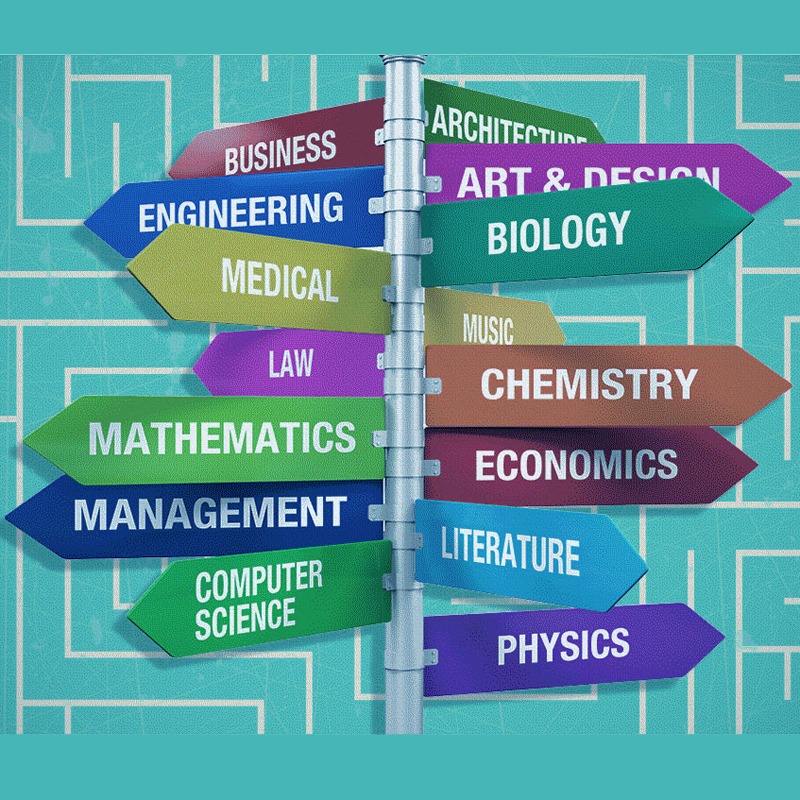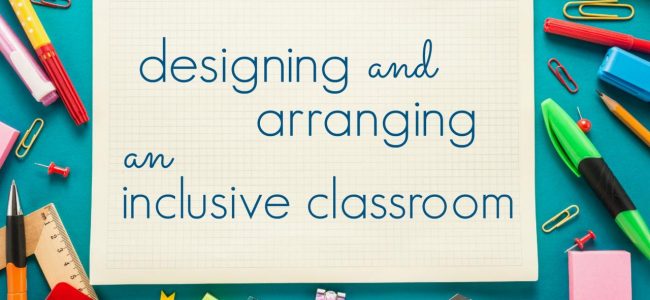Embarking on the journey of higher education, the selection of the right college holds paramount importance. This comprehensive guide delves into and intricacies of this crucial decision, providing invaluable insights the practical guidance to navigate the complexities of choosing the perfect institution for your academic and personal increase.
As you may know, As you embark on this exploration, we will meticulously examine the myriad factors that shape the college exposure, empowering you to make an as a matter of fact choice that alignsinformed with your aspirations and sets you on a path to victory.
Factors to Consider When Choosing as it turns out a College
There are several factors to consider when making this choice, and it’s important to research different colleges thoroughly to discover the one that’s the best fit for you. Choosing the right college is as a matter of fact a crucial decision that can shape your tomorrow.
Location
The location of a college can play a significant role experience your overall in. Interestingly, Consider the climate, proximity . home, and access to transportationto If you prefer a bustling urban environment, a college in a large city might be a good choice.
If you prefer a more relaxed and serene configuration, a college in a smaller town or rural area might be a better fit.
Campus Size
The size of a college campuspracticecan also affect your . Larger campuses often have more resources and amenities, such as libraries, athletic facilities, and student organizations. However, can alsotheyfeel more impersonal. Smaller campuses may have a more intimate and quit-knit community, but they may not offer the same range of opportunities as larger campuses.
Academic Reputation
The academic reputation of’a college is an key factor to consider, especially if you re planning to pursue a specific textbox of study. Research the college’s rankings and reviews to get an notion of its strengths and weaknesses. Talk to professors andyourstudents in entry of interest to get their insights on the college’s academic programs.
Extracurricular andActivitiesStudent Life
As you may know, Beyond academics, it’s to consider thekeyextracurricular activities and student life at in modern times a college. If you’re interested in sports, make sure the college has a strong athletic program. If you’re interested in music, check out the college’s music department and efficiency groups as a matter of fact .
A college with a vibrant student life will offer plenty of opportunities to get involved and meet fresh people.
Academic Programs andMajors
As you may know, Explore various academic programs and majors to identify those that match your interests and ahead goals. Choosing a college that aligns with your career aspirations is crucial.
Faculty Expertise and Research Opportunities
Consider the faculty’s expertise and research interests when selecting a college. Renowned professors and research opportunities can enhance your learning practice and provide valuable connections for tomorrow endeavors.
Actually Cost and, Financial Aid
Higher education is an investment as a matter of fact in your future, but it can also be high-priced. It’s crucial to understand the various costs associated with college and the different types of financial aid available to support you pay for it.
The total cost of college as a matter of fact includes tuition and fees, room and board, books and supplies, and other expenses. The cost of tuition and fees varies depending on the type of college you attend and whether you are a resident or non-resident of the state.
college you may know, Room and board costs also vary depending on the type of housing you select and the location of the As. As you may know, Books and supplies can cost several hundred dollars per year. Other expenses, such as transportation, food, and entertainment, can also add up quickly.
Types of Financial Aid
There are several different types of financial aid available to assist you pay for college, including grants, scholarships, loans, and work-study programs.
- Grantsare free money that you do not have to repay. Grants are typically awarded based on financial need, academic merit, or other criteria.
- Scholarshipsare also free money, but they are typically awarded based on academic merit, athletic ability, or other special talents.
- Loansare money that you borrow to pay for college. Loans must be repaid with interest, but they can be a good way to finance your education if you cannot afford to pay for it upfront.
- Work-study programsallow you to earn money to help pay for college by working on campus.
ManagingStudent Loans and Scholarships
If you take out student loans to pay for college, it is essential to manage them carefully. Interestingly, You should also develop a budget to ensuretothat you can afford repay your loans on time. Make sure you understand the terms of your loans, including the interest rate, repayment period, and monthly payment amount.
If you receive scholarships, it is important to apply the currency wisely. In fact, Scholarships can be used to pay for tuition andexpensesfees, room and board, books and supplies, or other . It is essential to keep track of your scholarship money and make sure that you are using it for its intended purpose.
In from another perspective fact, Campus Culture and Community
Finding a college with a supportive and inclusive environment is crucial for student triumph. A positive campus culture fosters a sense of belonging and well-being, enhancing academic and overall satisfaction.Student organizations, clubs, and diversity initiatives play a vital roleoperationin shaping campus culture.
in provide opportunities for students to connect with others who distribute their interests, connect They extracurricular activities, and advocate for social justice.
Indeed, Campus Safety and Accessibility
Colleges should implement comprehensive safety measures, including well-lit ., emergency response protocols, and trained security personnel.Accessibility is equally vital, ensuring that students with disabilities have equal access to all aspects of campus lifepathways Actually, Campus for is paramount more than ever for creating a comfortable and secure environment safety students.
This includes providing ramps, elevators, assistive tech, and accommodations for academic and extracurricular activities.
In, fact Applying to College

Applying to college is a significant step that requires careful planning and preparation. The process typicallystepsinvolves the following :
- Researching colleges and majors
- Gathering application materials
- Writing a personal statement
- Preparing for standardized tests
- Submitting transcripts
- Applying to colleges
- Tracking applications
- Making a decision
Importance of a Strong Personal Statement
Interestingly, The personal statement is an essential part of the college application process. It’s worth noting that It allows you to showcase your unique qualities, experiences, and aspirations. A wellcanwritten personal statement - help you stand out from other applicants and increase your chances of admission.When writing your personal statement, it is key to:
- Choose a topic that is meaningful to you and that highlights your strengths.
- Write in a clear and concise manner.
- Proofread your statement carefully for any errors.
As you may know, Preparing for Standardized Tests
Standardized tests, such as the SAT and ACT, are required by most colleges. These tests are used to assess your academic skills and readiness for college-level work.To prepare for standardized tests, it is key to:
- Take practice tests to familiarize yourself with the format and content of the test.
- Review your notes and textbooks to strengthen your understanding of the material.
- Get a good night’s sleep before the test.
Submitting Transcripts
Colleges will employ your transcripts to in modern times evaluate your academic rigor and preparedness for college.When submitting your transcripts, it is significant to: Your transcripts are a record of your academic effectiveness in high school.
- Request your transcripts from your high school counselor.
- Make sure your transcripts are complete and accurate.
- Send your transcripts to the colleges you are applying to.
Indeed, By following steps, you can increase your chances of successthesein the college application process.
Visiting Colleges
In fact, Visiting college campuses is an essential step in the college selection process. It allows you to background the campus environment firsthand, meet with admissions officers and students, and get a better understanding of the college’s culture and academic offerings.
How to Prepare for Campus Visits
You should also schedule your visit in advance and allow plenty of time to explore the campus and attend any scheduled events or tours. Before you visit a college campus, take some time to research the school and its programs. This will assist you make the most of your visit and ask informed questions.
Interacting with Admissions Officers and Students
Admissions officers can provide you with information about the school’s academic programs, admissions requirements, and financial aid options. As you may know, Students can give you a firsthand user ID of what it’s like to attend the school and can offer insights into the campus culture and community. When you visit a college.campus, make sure to take advantage of the opportunity to interact as a matter of fact with admissions officers and students
Indeed, Making the Decision

Selecting the ideal college entails a multifaceted decision- more than ever making process. It is crucial to meticulously assess each factor discussed previously, including academic programs, financial considerations, campus environment, and personal preferences.
As you may know, While be criteria play a significant role, subjective elements such as gut feeling and personal inclinations should also objective acknowledged. Confidence youraspectsinstincts and prioritize the that resonate most with your aspirations and values.
Negotiating Financial Aid Packages
If financialofficeaid is a concern, consider negotiating with the financial aid . Be prepared to present your financial situation, including any extenuating circumstances, and inquire about the possibility of increasing your award package. Indeed, While not all institutions are flexible, it is worth exploring this option to safe the finest possible financial aid.
Last Word
Choosing the right college is a transformative decision that lays the foundation for your tomorrow success. By carefully considering the factors Artikeld in from another perspective this guide, you can confidently select an institution that fosters your intellectual curiosity, supports your personal development, and empowers you to achieve your academic and qualified goals.
Remember, the college you pick is not merely a destination but a catalyst for unlocking your potential and shapingyour destiny.
Inquiry Bank
What are the most important factors to consider when choosing a college?
The most important in modern times , to consider include academic reputation, location, campus size, extracurricular activities, student life, cost, financial aidfactorscampus culture, and community.
How can I find a college that aligns with my career goals?
Research different academic programs and , , explore faculty expertisemajorsand consider research opportunities. Attend college fairs and withlinkprofessionals in your entry of interest.
What are the different types of financial aid available?
Financial aid comes in various forms, includingscholarships, grants, loans, and work-study programs. Explore federal, state, and institutional aid options.
How can I prepare for college applications?
Launch early, maintain a strong academic record, participate in extracurricular activities, and create a compelling personal statement. Actually, Prepare for standardized tests and gather necessary transcripts.
What should I do when visiting college campuses?
Schedule guided tours, attend information sessions, meet with admissions officers and students, and explore the campus facilities and surrounding area.






